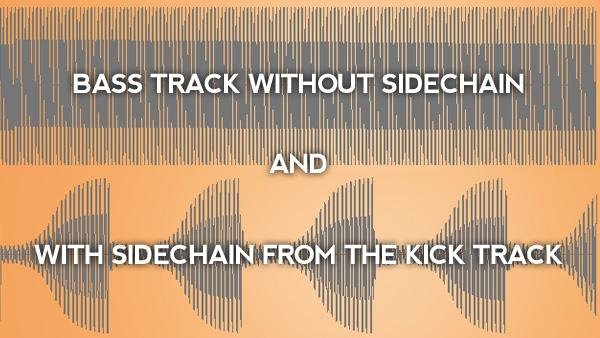The Art of Sidechaining
Certain music production techniques stand out for their ability to add dynamic movement and cohesion to tracks. Sidechaining is one such technique that has become indispensable in modern production, from pumping house beats to subtler forms of dynamic control in various genres. But what exactly is sidechaining, and how can producers harness its power? Let's dive in.
Understanding Sidechaining
Sidechaining refers to the process of using the signal from one audio track to control the effect on another. The most common use of sidechaining is in dynamic range compression, where the volume of one sound is reduced based on the volume of another. This technique is crucial for creating balance and rhythm in a mix, allowing certain elements to stand out while others take a supporting role.
The Classic Example: The Pumping Effect
The "pumping" effect in electronic dance music (EDM) is perhaps the most famous application of sidechaining. In this scenario, the kick drum is used as the trigger to momentarily duck the volume of a bassline, pad, or entire track. This creates a rhythmic pulsing effect that enhances the groove and makes room for the kick to punch through the mix.
How to Use Sidechaining
Setting Up a Sidechain Compressor
To implement sidechaining, you'll typically use a compressor that supports a sidechain input. Here's a simplified workflow:
Choose Your Source and Target: Decide which elements in your mix will be the trigger (source) and which will be affected (target). For example, a kick drum triggering a compressor on a synth pad.
Configure the Compressor: Place a compressor on the target track and select the source track as the sidechain input. This tells the compressor to react to the source's signal.
Adjust Settings: Tweak the compressor's threshold, ratio, attack, and release settings to control how dramatically and quickly the target is affected.
Creative Uses Beyond the Pumping Effect
While the pumping effect is popular, sidechaining has a range of creative applications across genres:
Creating Space in the Mix: Use sidechaining subtly to make room for important elements like vocals or lead instruments. By ducking competing frequencies, you ensure clarity and focus.
Adding Rhythm and Interest: Sidechain less obvious elements to create rhythmic movement or interest in sustained sounds or ambient pads.
Dynamic EQ: Some dynamic EQs and multiband compressors allow sidechaining to target specific frequency ranges, giving you more control over which parts of the signal are affected.
Tips for Effective Sidechaining
Subtlety is Key: Especially in non-EDM genres, the goal is often to create space without noticeable pumping. Adjust the settings for a more transparent effect.
Use Ghost Triggers: Sometimes, you may not want the sidechain trigger to be audible. Creating a "ghost" trigger—a muted duplicate of the signal—can give you the same control without the sound being heard in the mix.
Experiment: Don't limit sidechaining to the typical kick-bass relationship. Experiment with different sources and targets to discover unique textures and rhythms.
EQ: Filter the lows out of your kick for a more precise sidechain
Conclusion
Sidechaining is a powerful tool in music production, offering both functional and creative benefits. By understanding how to set up and apply sidechain compression effectively, producers can enhance their tracks' dynamics, clarity, and rhythmic interest. Whether you're working on a thumping house track or a dense orchestral arrangement, mastering the art of sidechaining can elevate your productions to new heights.




